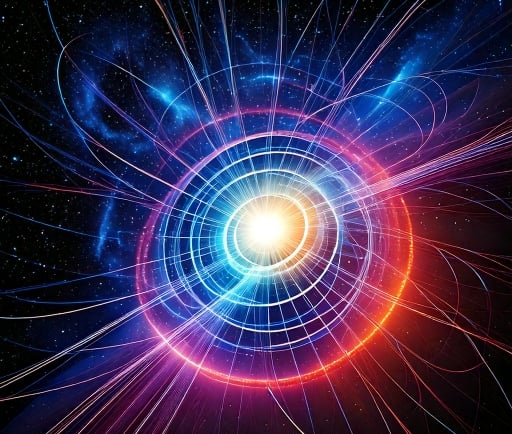The Role of Magnetic Fields in Space Debris Management


Introduction to Magnetic Fields in Space
In the vastness of space, various phenomena intricately affect the dynamics of celestial bodies and the environment. Among these, magnetic fields play a crucial role in shaping interactions between cosmic entities. This article delves into how these magnetic fields work to repel debris and dust in the vacuum of space, maintaining a cleaner environment for future explorations.
Understanding Space Debris and Dust
Space debris comprises defunct satellites, spent rocket stages, and fragments from collisions, while cosmic dust consists of minute particles resulting from the disintegration of comets and asteroids. Both components contribute to the pollution of the orbital environment, posing risks to operational spacecraft and potential missions. As such, finding effective methods to manage and mitigate these hazards becomes increasingly important.
The Mechanism of Magnetic Fields
Magnetic fields emerge from the motion of charged particles and are prevalent throughout the universe. In the context of debris and dust in space, these fields can create forces that act on charged particles, effectively pushing them away from areas of importance. This repulsion mechanism is particularly significant around many celestial bodies that possess strong magnetic fields, such as planets and moons.
For example, Earth's magnetic field, known as the magnetosphere, not only protects us from the solar wind but also helps to contain charged particles, preventing them from colliding with our atmosphere. Similarly, other planets with potent magnetic environments can generate similar protective barriers that repel debris and dust, keeping wider areas clear for exploration.
Moreover, ongoing research and missions aim to enhance our understanding of magnetic fields and their interaction with space debris. By developing technology that harnesses these magnetic forces, scientists hope to create solutions for actively managing orbital trash, thereby improving the sustainability of space operations.
Conclusion
In summation, magnetic fields provide a fascinating yet essential aspect of space dynamics, specifically concerning debris and dust management. They not only offer protective measures for celestial bodies but also present opportunities for innovative solutions aimed at mitigating space debris. As humanity continues its quest to explore beyond our planet, leveraging the power of magnetic fields could be key to ensuring a safe and sustainable cosmic environment.
